How to Put Spark Plug Wires in the Correct Order
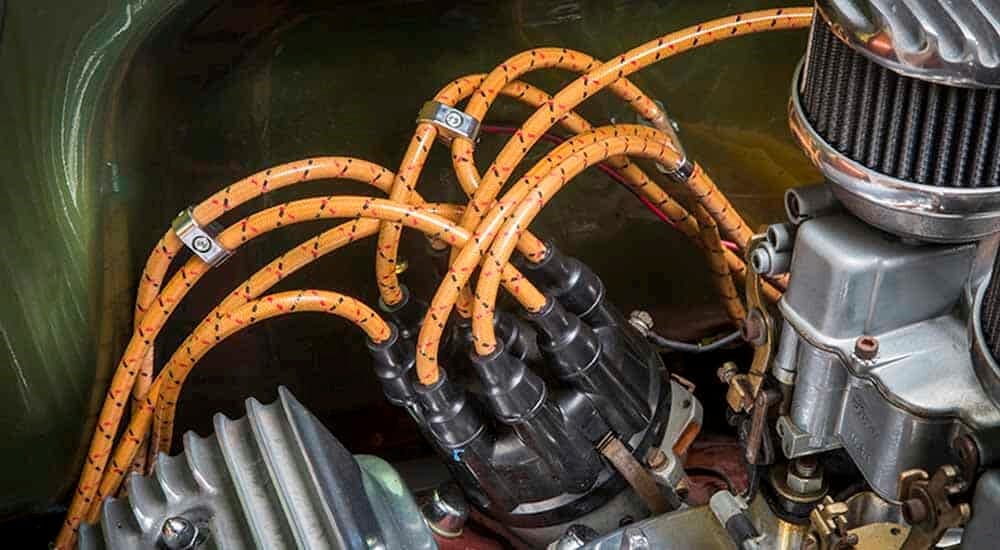
Some of the most common car engine problems, like cylinder misfires, stem from bad spark plug wire connections. The spark plug cables must be linked to the appropriate cylinders in the correct sequence for an ignition system to perform well.
The order depends on the type of engine in your car. For instance, straight-four engines have a firing order of 1, 3, 4, and 2, while straight-five engines have a 1, 2, 4, 5, and 3 firing order. I consider myself an ignition system expert, and I will teach you in this guide how to put spark plug cables in the correct order.
Quick Summary: To install the spark wires in the correct order, first, you’ll need the owner’s manual of your car since some models are different. Place the wires as indicated in the plug scheme wiring diagram. If there is no wiring diagram, check the distribution rotor rotation after removing the distributor cap. Next, identify the number 1 terminal and wire it to the first cylinder. Now, attach all the spark plug wires to their respective cylinders. That’s it!
How to Put Spark Plug Wires in The Correct Order: A Step-By-Step Guide
You Need the Following Tools and Materials:
- The owner’s manual for your vehicle
- Screwdriver
- Time
- Work light
Putting in spark plug wires is not difficult. But you need to be cautious to avoid placing them incorrectly. Wrongly installed spark plug wires will ruin the performance of the engine.
It is important to know that the distributor cap ferries the electrical current as per the firing order of the car’s engine. So, each spark plug gets electricity specifically when the piston (on top of the cylinder) compresses the air-fuel mixture. The spark is tasked with igniting the mixture to initiate combustion. Therefore, if the spark plug wiring is incorrect, it will receive the electrical current at the wrong time intervals – sabotaging the combustion process. The engine won’t rev.
So, to help you wire the spark plug cables as needed, follow the steps below.
Step 1: Obtain the Owner’s Manual of Your Car
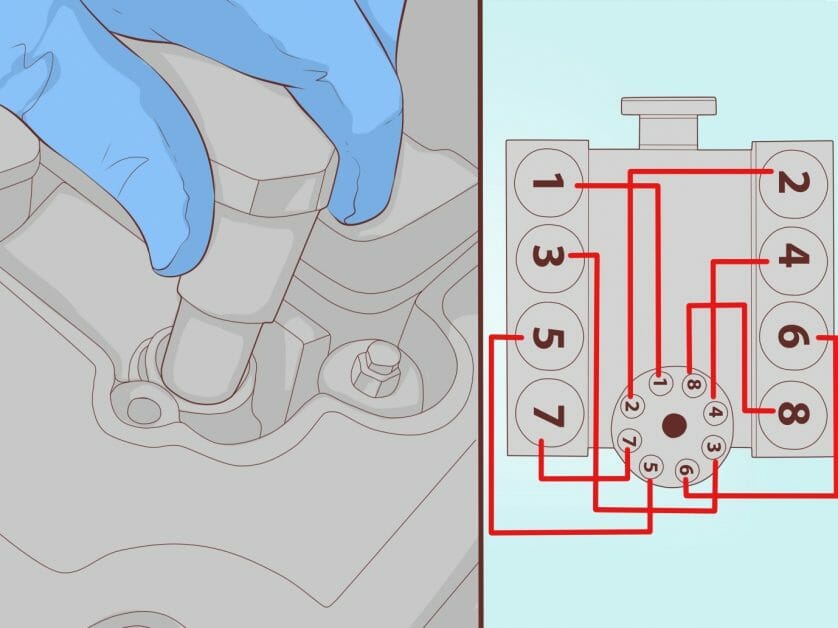
Repair manuals are specific for each car or brand and incredibly useful in any repair procedure. They contain pristine instructions and product breakdowns needed to repair your car. If you lost yours in some way, consider checking online. Most are available.
Once you have your owner’s manual, identify the spark plug scheme and your engine’s firing order. You can follow the diagram to wire the spark plugs. The process will take less time if the diagram is available.
However, you may not find the wiring diagram for your spark plug. In that case, proceed to step 2.
Step 2: Check the Distributor Rotor Rotation
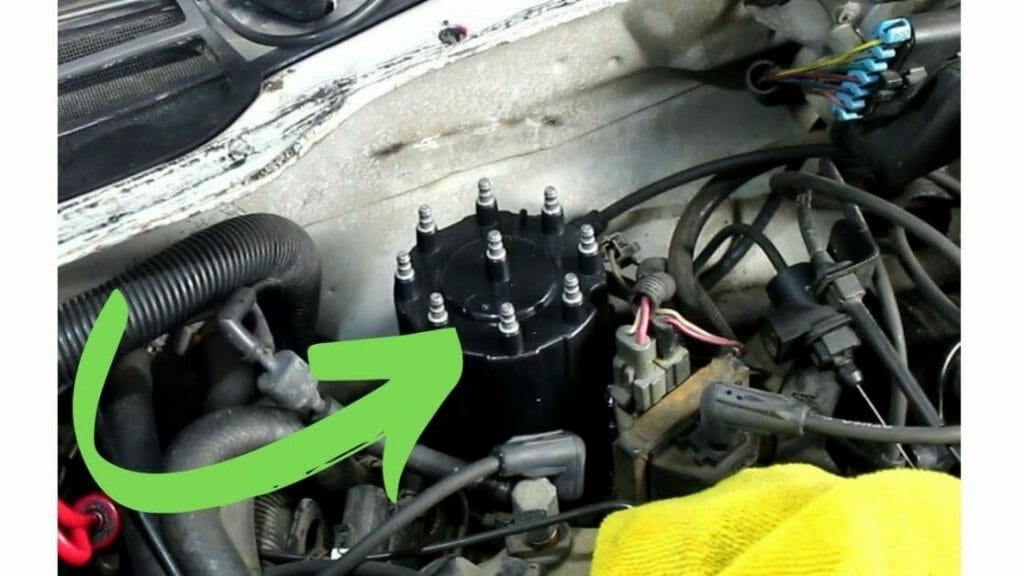
First, remove the distributor cap – a big round connection point of all four spark plug cables. It is usually located in the front part or at the top of the engine. Two latches secure it. Use a screwdriver to remove the latches.
Make two lines with the marker, one on the distributor cap and the other on its (distributor’s) body. Place the distributor cap back in its place and locate the distributor rotor under it.
The distributor cap turns each time the car’s crankshaft moves. Crank it and observe the direction the rotor turns – clockwise or counterclockwise. It cannot move in both directions.
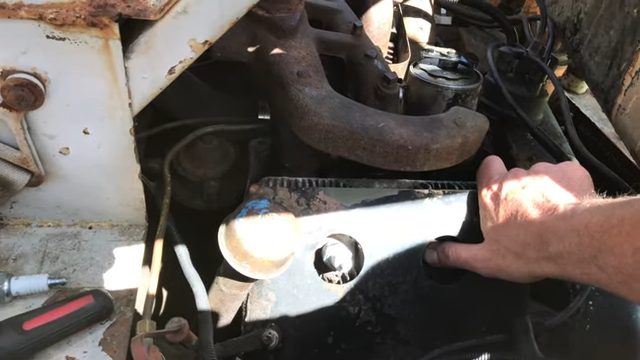
Step 3: Identify the Number 1 Firing Terminal
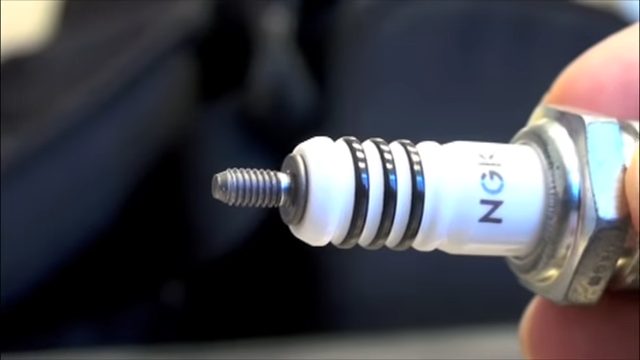
Check the owner’s manual if your number one spark plug is not marked. You may alternatively check the difference between the firing terminals.
Luckily, almost all manufacturers mark the number one terminal. The number one terminal wire connects to the first spark plug firing order.
Step 4: Attach the Number 1 Firing Terminal to The 1St Cylinder
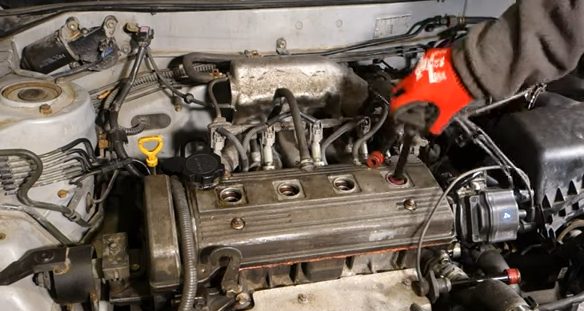
Bridge the first cylinder on the car’s engine and the number one firing terminal. That is your first cylinder in the spark plug firing order. But that cylinder could be first or second on the block and should have a mark. Check the owner’s manual if it doesn’t have a mark.
Here comes a crucial concept: only petrol-powered engines use spark plugs to burn the fuel, and diesel engines ignite the fuel with pressure. So, petrol-powered engines usually have four spark plugs, each reserved for a cylinder. But some vehicles- Alfa Romeoos and Opel vehicles- may have two spark plugs for each cylinder. You will need spark plug cables for each spark plug.
You must connect the cables using the same instructions if there are two spark plugs per cylinder. Therefore, terminal number one will send two wires to the first cylinder. However, the availability of two spark plugs per cylinder does not affect the timing and rotations.
Step 5: Affix All the Spark Plug Wires to Their Respective Cylinders

You need to be more careful in the last but trickiest step. The trick is understating the identification numbers of all the spark plug cables. At this point, it is clear that the first firing terminal is unique – and it goes to the first cylinder. The firing order is interestingly 1, 3, 4, and 2. It could vary from car to car, especially if it has more than four cylinders. But the points and steps remain the same.
So, connect the spark plug wires as per the firing order on your car’s distributor. Having your first spark plug wires already connected, connect the rest as instructed below:
- Turn your car’s distributor rotor once and check where it lands.
- If it lands on terminal number three, link the terminal to the third cylinder.
- Attach the next terminal to spark plug number 2 using spark plug wires.
- Lastly, link the remaining terminal to the spark plug and cylinder four.
The direction of the distribution order synchronizes with the firing sequence of a given distribution rotor – the firing order of an engine. So, now you know where the spark plug cable goes.
Another simpler technique to check the sequence of the spark plug cables is to replace them individually. Remove the old wires from the spark plugs and the distribution caps and place new ones, one at a time, for all the cylinders. Use a guide if the wiring is complicated.
Frequently Asked Questions – FAQs
Does Spark Plug Cable Sequence Matter?
Yes, the order matters. The wrong sequence of the cables can affect the flow of electricity to the spark plugs, hindering air-fuel mixture ignition. To familiarize yourself with the order, you may replace the cables one at a time.
If you put the spark plug wires on wrong, your ignition system will experience cylinder misfires. And if you put more than two cables incorrectly, the engine won’t run.
Are the Spark Plug Cables Numbered?
Luckily, most spark plug wires are numbered, making the wiring simple. Most are coded black; a few are yellow, orange, or blue.
If the wires are not labeled, stretch them out, and the lengths will guide you. If you still don’t get it, consult your manual.
What is the Right Firing Order?
The firing order varies according to the engine or car model. The following are the most common firing sequences:
– Straight four engines: 1, 3, 4, and 2. It can also be 1, 3, 2, and 4 or 1, 2, 4, and 3.
– Straight-five engines: 1, 2, 4, 5, 3. This firing sequence reduces the rocking couple vibration.
– Straight-six engines: 1, 5, 3, 6, 2, and 4. This order provides harmonious primary and secondary balance.
– V6 engines: R1, L3, R3, L2, R2, and L1. It can also be R1, L2, R2, L3, L1, and R3.
Can You Use a Different Brand Spark Plug Cable?
Yes, you can mix spark plug wires from different manufacturers. Most manufacturers cross-reference with other producers, so it is okay to jumble up the wires. But make sure you purchase interchangeable brands for convenience reasons.
References
Website Resources:
- Alfa Romeos. https://www.caranddriver.com/alfa-romeo
- Opel. https://www.autoevolution.com/opel/
